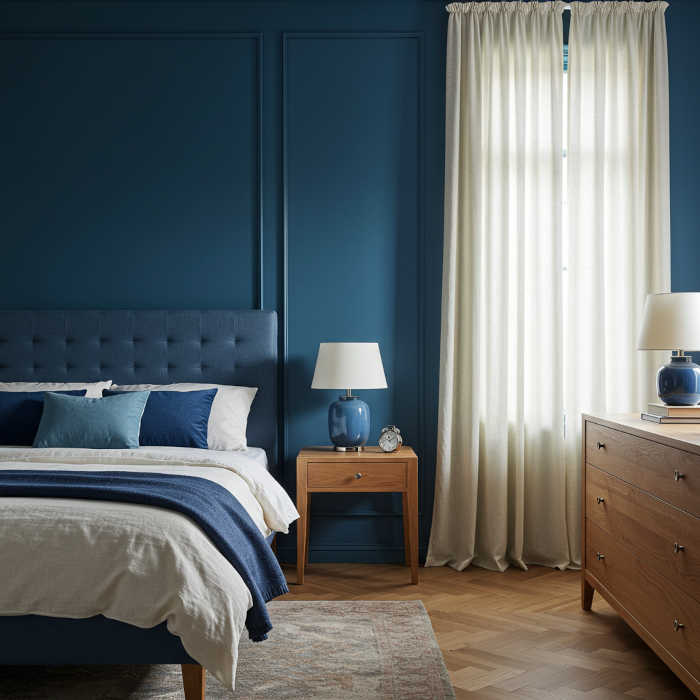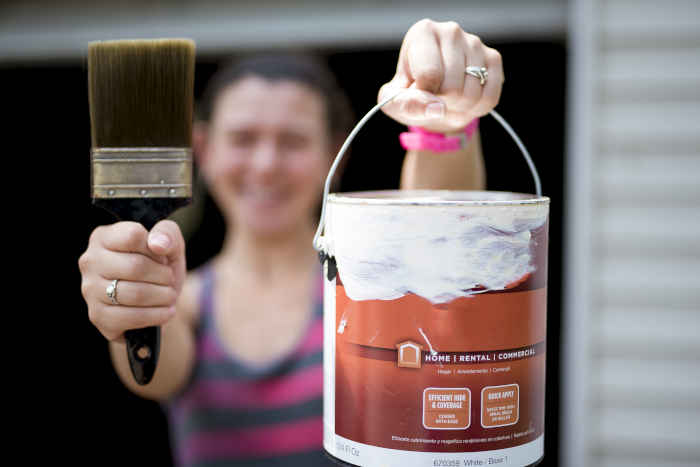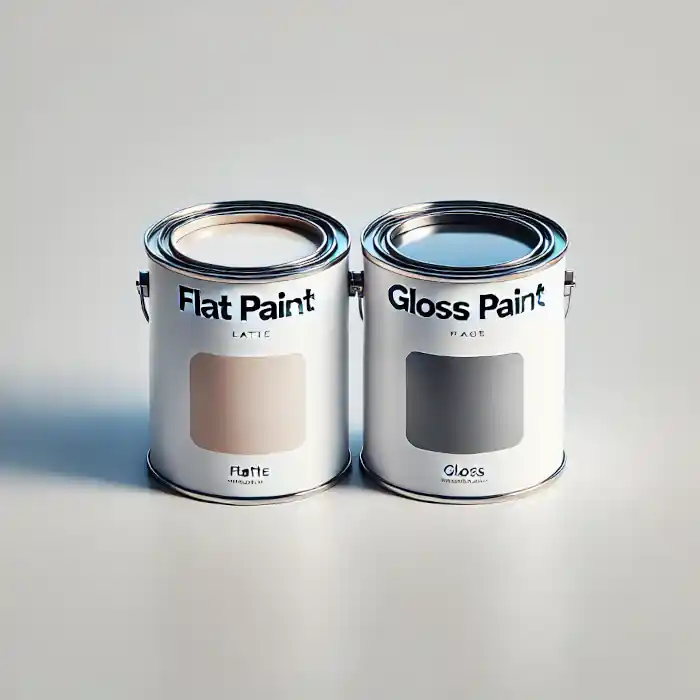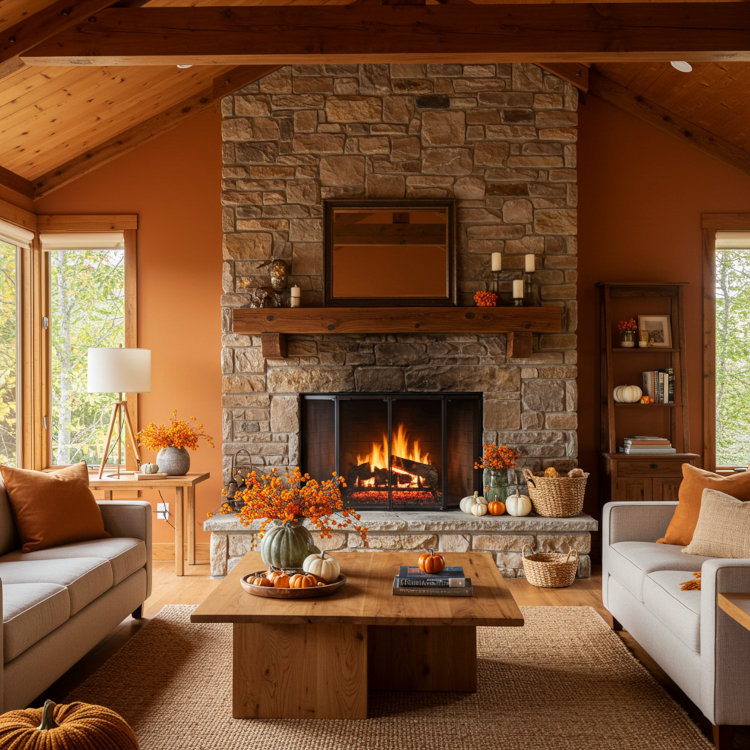As an Amazon Associate, I earn from qualifying purchases. Privacy Policy / Terms
When it comes to creating a peaceful home, most people think of decluttering or adding soft lighting—but the paint color on your walls might have the biggest impact of all. Color influences how we feel, how we move through space, and how we interact with others in our environment. Understanding the psychology of color can help you design a home that not only looks beautiful but also supports a sense of calm.
Blue: The Go-To for Tranquility
Blue is often associated with serenity, stability, and peace. Lighter shades like sky or powder blue work especially well in bedrooms and bathrooms, where relaxation is key. Deeper navy tones can add a sense of grounded calm to living rooms or home offices.
If you’re using a deeper blue on the walls, consider light wood furniture or cream-colored curtains to keep the space feeling open and airy. Even a small touch like a ceramic vase or throw pillow in a complementary blue tone can reinforce the theme.
Green: Nature’s Neutral
Green bridges the gap between color and nature. Associated with renewal and balance, it’s one of the easiest colors on the eyes and works beautifully in just about any room. Soft sage, eucalyptus, and olive sprig tones are especially calming choices for kitchens, entryways, or bedrooms.
When paired with textured materials—think linen throws, natural wood, or soft cotton area rugs—green becomes even more effective at reinforcing a grounded, peaceful vibe. A strategically placed plant (real or faux) can also make a huge difference in completing the look.
Neutrals: Soft, Simple, and Versatile
Beige, ivory, taupe, and greige aren’t just safe—they’re soothing. These subtle hues allow your mind to rest, especially when paired with matte finishes and natural light. A room painted in a neutral shade becomes a blank canvas for adding soft, calming elements like plush textiles or ambient lighting.
Consider layering textures: a nubby throw blanket, a soft area rug, or woven storage baskets can add dimension without visual clutter. Neutrals are also perfect for areas where you want flexibility in your décor.
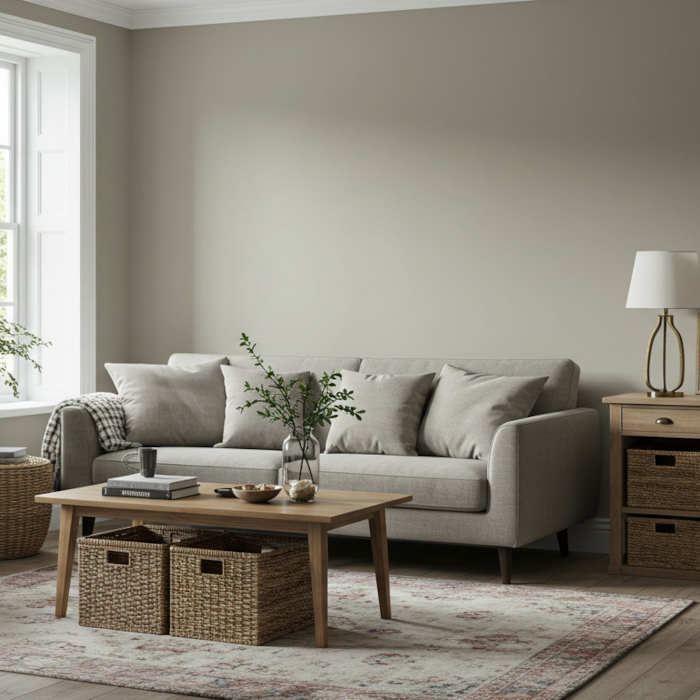
Lavender and Soft Pink: Understated Elegance
While bold pinks and purples can feel intense, their lighter counterparts have a surprisingly calming effect. Lavender evokes a spa-like calm, while posy pink adds warmth without overstimulating the senses.
These hues are ideal for nurseries, guest rooms, or cozy reading nooks. Keep the palette muted by combining them with pale neutrals, soft metallics, or diffused glass décor to avoid overpowering the space.
The Power of Finish and Light
The color itself is only half of the equation—the paint finish and surrounding lighting also shape the mood. Flat and matte finishes diffuse light and create a softer feel, while satin or eggshell finishes add just enough sheen for depth without harsh reflection.
Natural light softens most paint tones, but in darker spaces, you might consider layering in warm LED bulbs or adding dimmable accent lighting to enhance the calm effect.
Conclusion: Paint With Purpose
Creating a calm home doesn’t require a total redesign—it starts with intentional choices. The colors on your walls should support the atmosphere you want to live in. By understanding the emotional impact of color and pairing it with soothing finishes, textures, and accents, you can turn any room into a sanctuary.
If you’re ready to transform your space, a fresh coat of the right paint might be all it takes to make home feel more like home. And if you’re feeling overwhelmed or unsure where to start, hiring a trusted painting company can take the pressure off and ensure the results match your vision—calm, cohesive, and beautifully done.
Views Expressed Disclaimer
The views, opinions, and information presented in this article are for informational purposes only and do not necessarily reflect the official policies or positions of Chagrin Falls Painting. While every effort has been made to ensure accuracy, Chagrin Falls Painting is not liable for any errors, omissions, or decisions made based on the content provided. Readers are encouraged to consult professionals for specific advice or assistance related to their unique circumstances.


